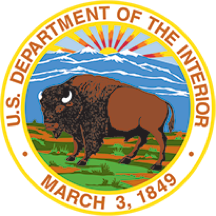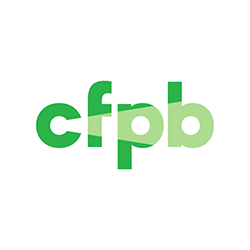Bringing design in-house
What is design, who are designers, and how can they help your agency? Learn how to build a design team that can help your agency solve “wicked problems” and be more innovative.
What is design, who are designers, and how can they help your agency? Learn how to build a design team that can help your agency solve “wicked problems” and be more innovative.
We’ve conducted several studies where we’ve noticed gaps in our onrr.gov personas, so we decided to revisit them.— via Office of Natural Resources Revenue

This guide contains initial steps for designers, researchers, and developers at the CFPB to help give the communities we design greater power and authority in the design and research process.— via Consumer Financial Protection Bureau

Trust is earned through consistency and commitment. Build sites that build trust by considering user needs, respecting people’s time, and avoiding customer experience pitfalls.
The number of people in the United States who spoke a language other than English at home nearly tripled from 23.1 million (about 1 in 10) in 1980 to 67.8 million (almost 1 in 5) in 2019, according to a recent U.S. Census Bureau report.
18F partnered with the Centers for Medicare and Medicaid Services (CMS) from December 2017 to June 2020 on the development of a product called eAPD — a user-friendly, modern product to streamline the creation, submission, review, and approval of the Advance Planning Documents that states use to request IT grant funding from CMS. We caught up with Jerome Lee of CMS, the product owner of eAPD.— via 18F

Engineering fellows with the U.S. Digital Corps share their paths to becoming software engineers and why they decide to use their skills to improve government services.
How do you make sure a website is accessible? This blog post outlines the four steps the Office of Natural Resources Revenue (ONRR - pronounced like "honor") at the U.S. Department of the Interior took to verify accessibility.— via Office of Natural Resources Revenue

The U.S. Web Design System (USWDS) is excited to provide a new library of guidance and examples focused on key digital interactions — what we call design patterns — that foster effective, inclusive, and equitable digital experiences. This online report has four pages; Summary, Findings, What’s Next, and Get Involved. It also links to the new patterns section, where you can learn how to help your users complete a complex form, identify and select a preferred language, or create a user profile.— via U.S. Web Design System

U.S. Digital Corps Fellow, Meredith Brown, reflects on her journey to civic tech and her impactful work supporting the White House Office of Science and Technology Policy.
The digital landscape has changed significantly since we launched the Go.USA.gov service in 2009. Over the last two years the team looked carefully at the program holistically, taking into consideration the future of the program, the current landscape related to using shortened URLs and alignment with strategic business goals. In early 2022 we made the difficult decision to initiate steps to sunset the service.— via USA.gov

In 2015, TTS created a Slack bot to help us use more inclusive language. Over time, we found this bot could use some improvements. So starting in 2019, we began conducting research and iterating on our bot to further our goal of a welcoming, inclusive culture.— via 18F

The Privileged Identity Playbook is a practical guide to help federal agencies implement and manage a privileged user management function as part of an overall agency ICAM program.
Using plain language to describe your work is not only important, it’s also part of the NIH mission and federal law. Here are some tips for telling the public about your research and why it matters.
During the 2022 Plain Language Summit, Laura Rabuck of the Veterans Health Administration demonstrated how to promote plain language practices by focusing on jargon, a common enemy of all plain writers.
Digital.gov
An official website of the U.S. General Services Administration